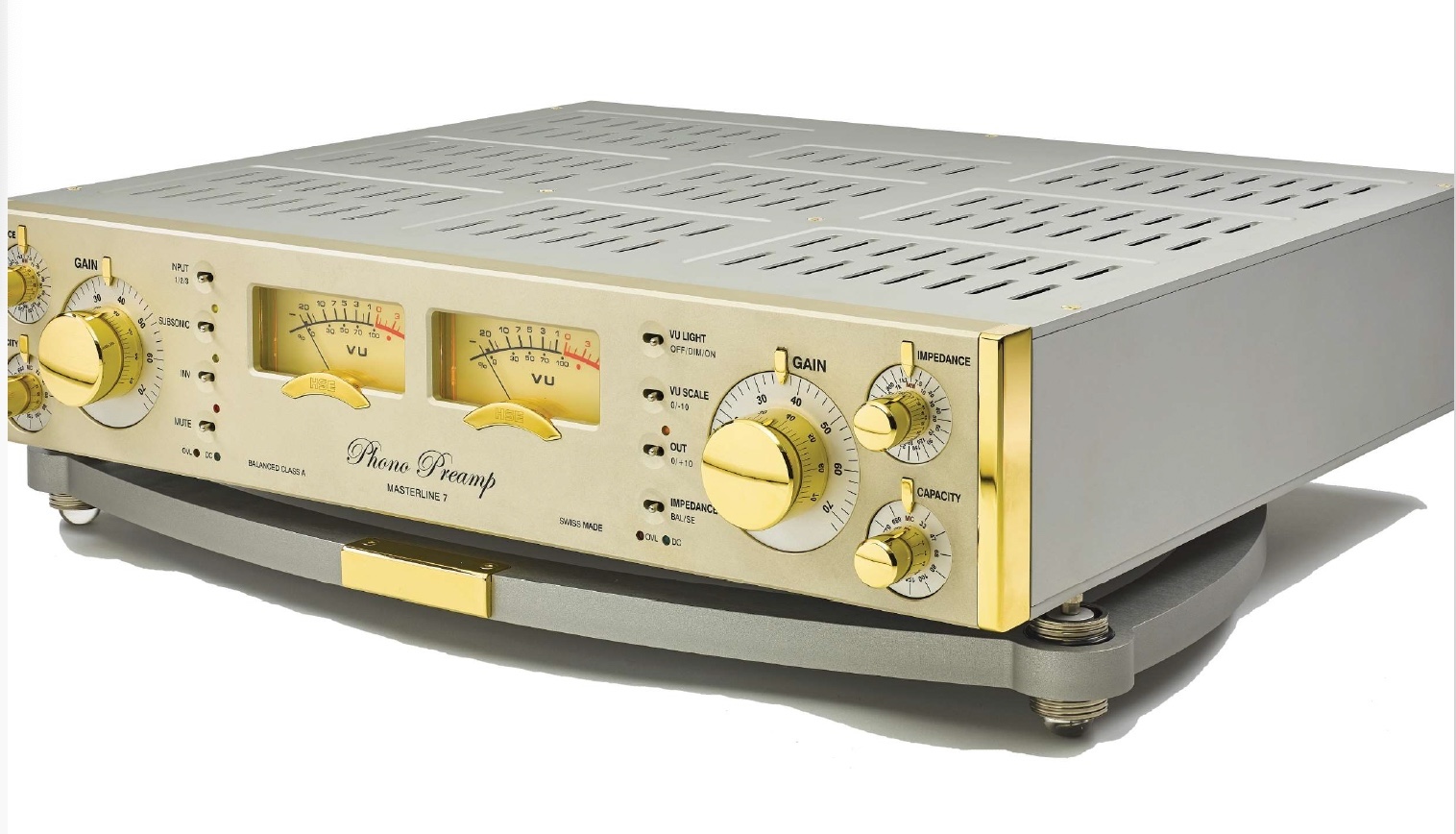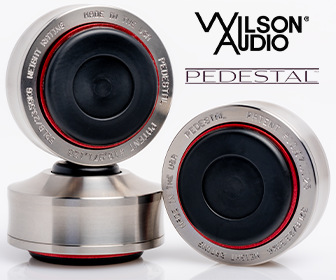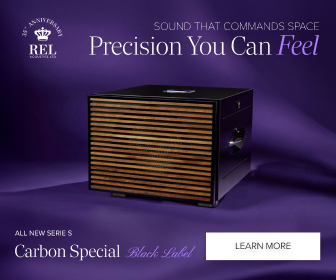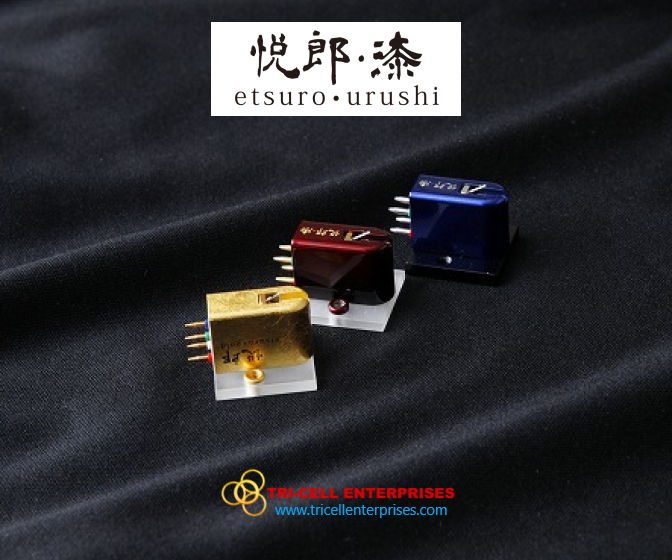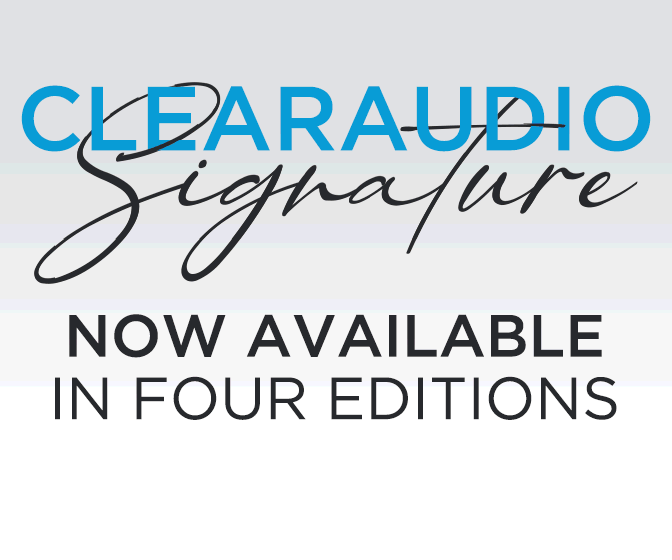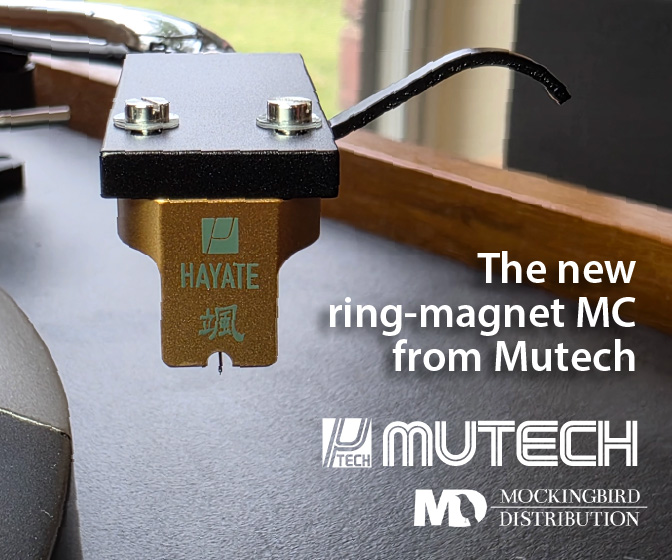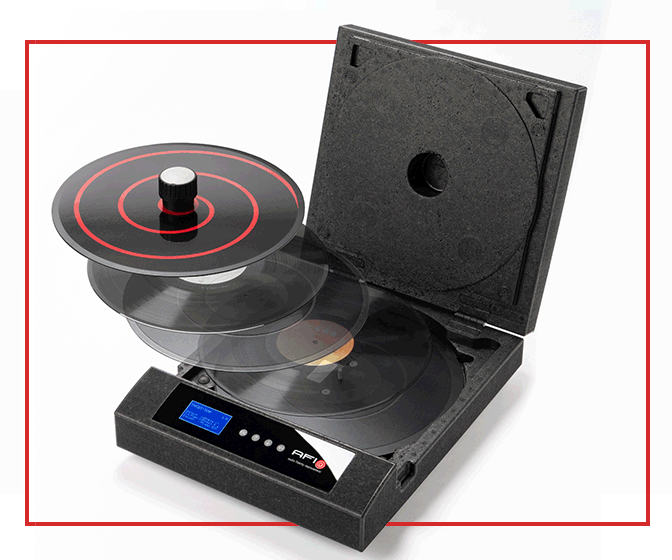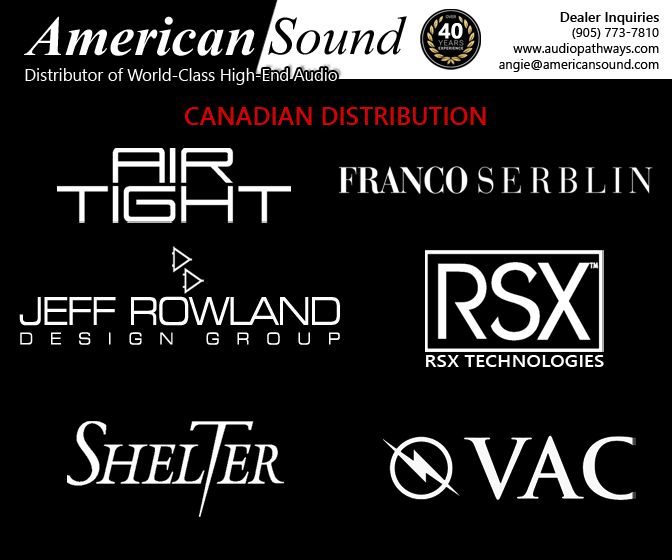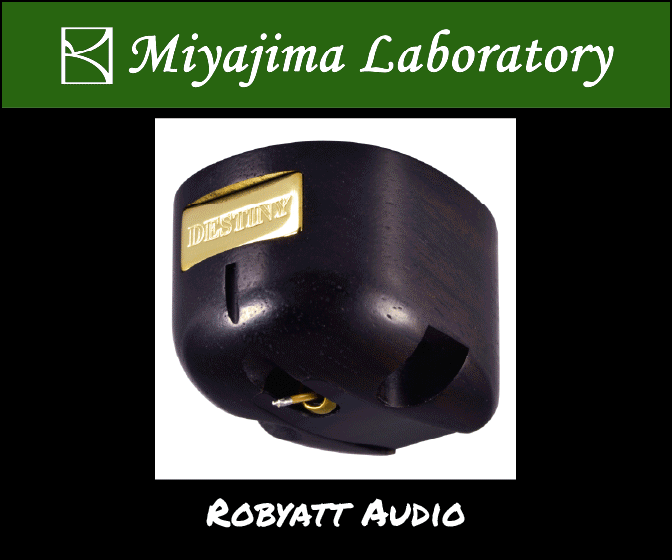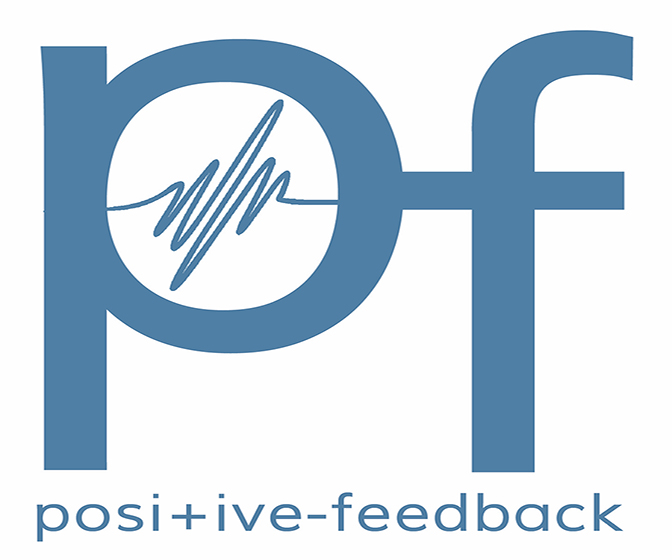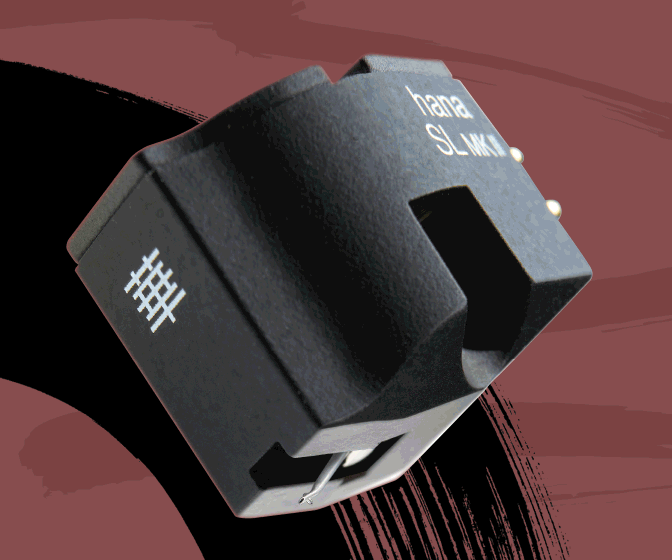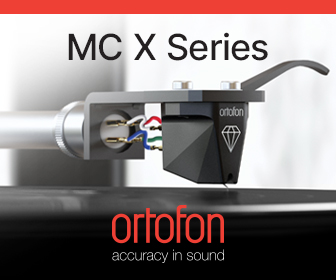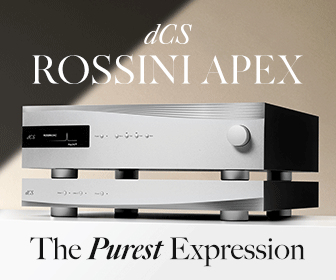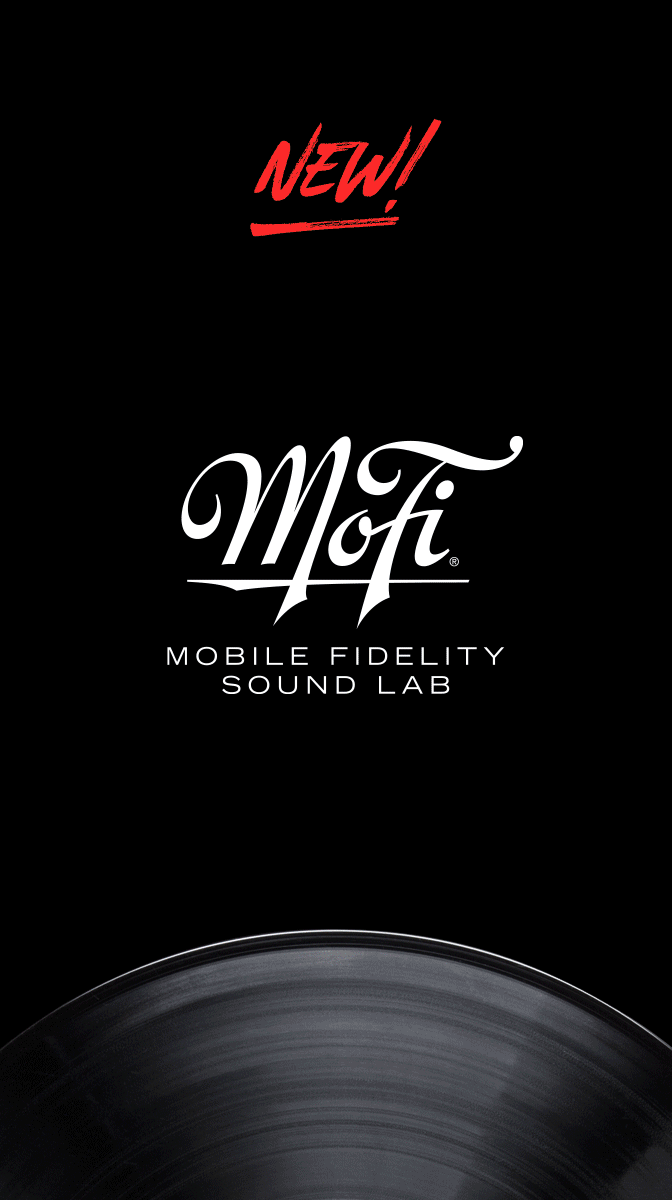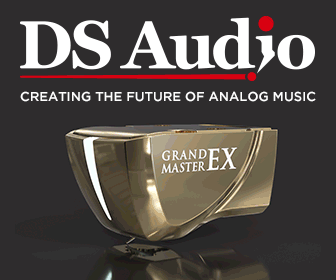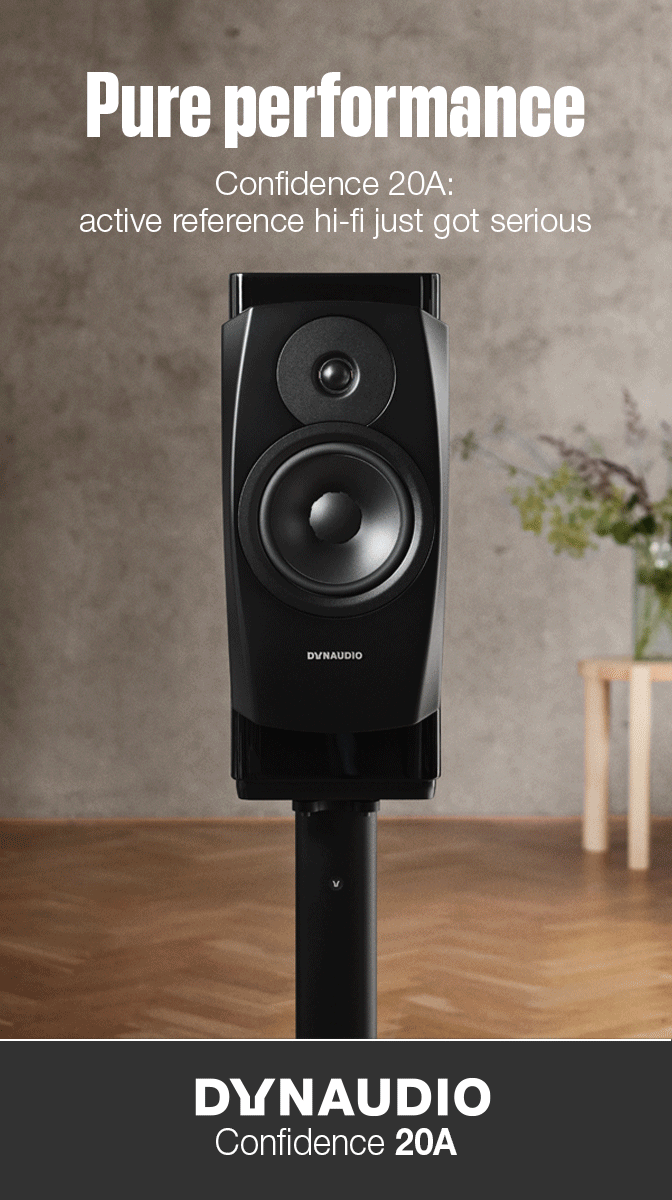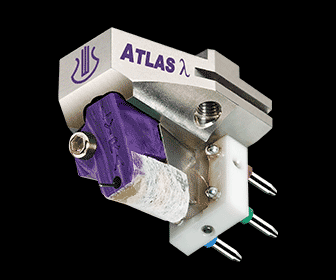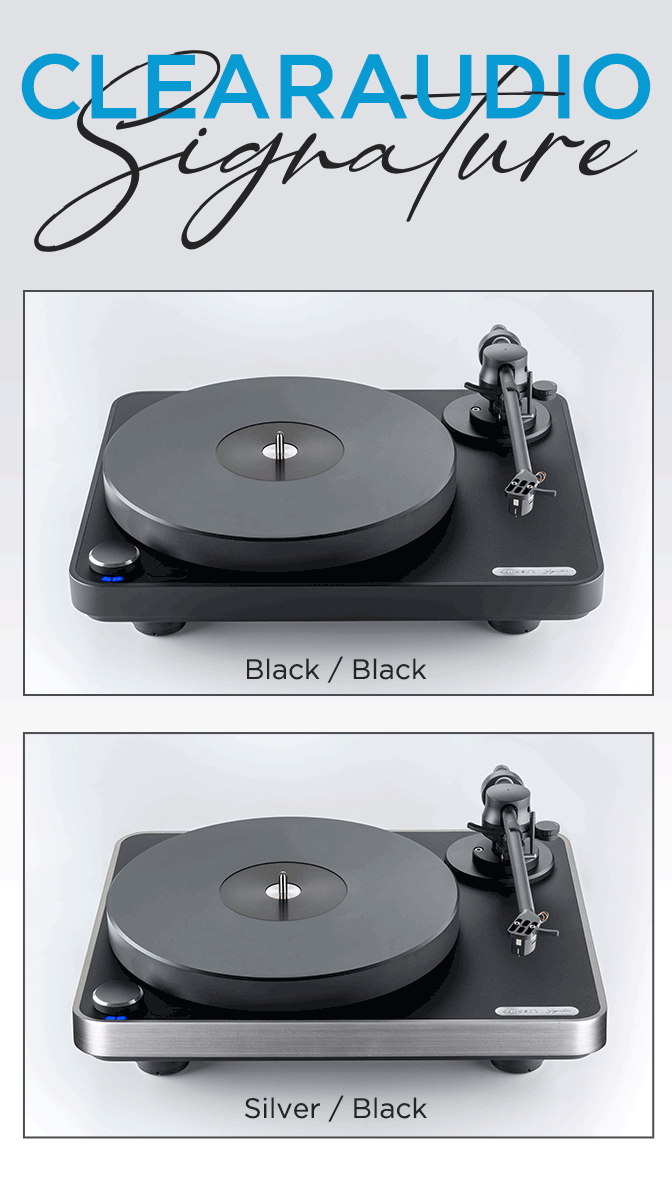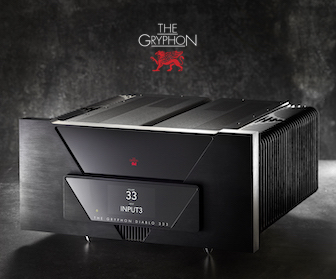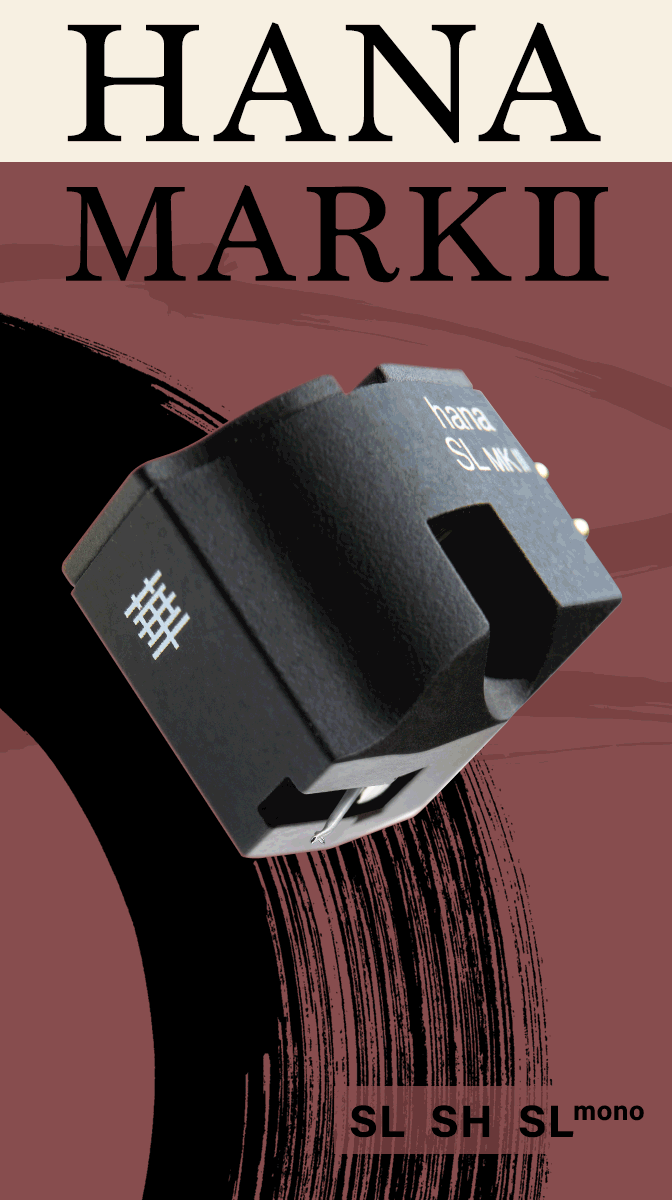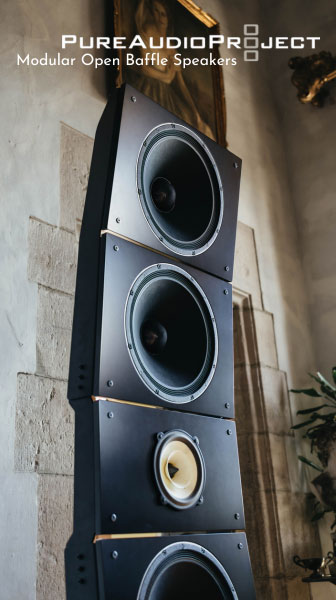HSE Swiss Masterline 7 Phono Preamplifier Takes Noise to New Lows
originally designed as the world's best microphone preamp
Switzerland may be the land of neutrality, but its audio gear has been steadily invading my audio system. It started with a CH Precision P1 phono stage. Next came a DartZeel preamplifier and monoblock amplifiers. Now a new entrant has arrived—the dual mono HSE 7 Masterline phonostage with separate power supply.
Fans of Michael Fremer, the head honcho of this website, may recall that he reviewed this phonostage in The Absolute Sound, the very magazine where he commenced his audio career and has now come full circle after a decades-long detour at Stereophile. Fremer was quite smitten by the Masterline 7 and his enthusiasm piqued my own curiosity. Fremer had used it together with the formidable Wilson Audio XVX loudspeakers but I was also eager to see how the Masterline would fare on my setup which is centered around the Avantgarde Trio G3 loudspeakers, known for their high efficiency and dynamics, and two turntables, the Wilson-Benesch GMT and the TechDas Air Force Zero.
The principal distributor of the Masterline 7 is one Ricardo Franassovici, the proprietor of an audio business called Absolute Sounds that is located in London. Franassovici is a Grand Maitre of the high-end—a connoisseur who has devoted much of his life and career to a kind of reconnaissance mission, searching out top drawer equipment, wherever and whenever he can locate it. As it happens, I met him in London a few months ago while visiting the digital audio company dCS, which is based in Cambridge and recently released its new flagship product, Varese. Apparently, I passed muster during interrogation at dinner with Franassovici for he assented to sending me his prized phono stage.
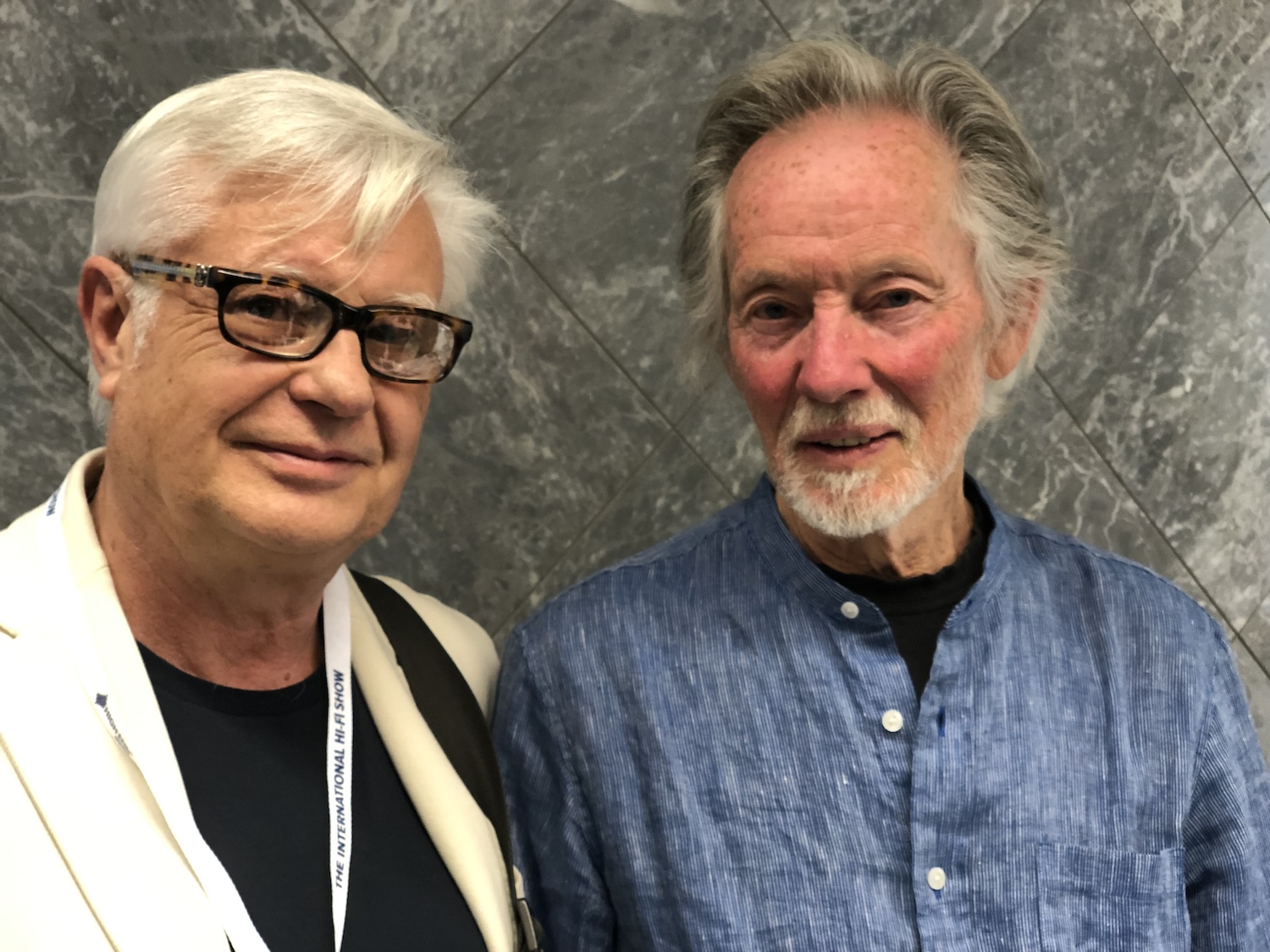 Ricardo with his old friend Klaus Voorman
Ricardo with his old friend Klaus Voorman
This Swiss phonostage was designed by the audio engineer Robert Huber, who previously worked for over three decades for Studer/Revox. Under his direction, HSE produces a slender line of exquisitely crafted products, including a Masterline 8 preamplifier. The Masterline 7 is pure eye candy. Gold trim and knobs are set off against a case milled from a block of aluminum. A panoply of controls on the front (impedance, gain, capacitance and subsonic filter) allow you to tweak the sound to your heart’s content. Gain is produced by twelve Class A gain stages and two zero-ohm Class A “head amps” that can create a total of 72dB of gain. The unit runs strictly balanced with three XLR inputs on the rear panel and sits on a lithe “VibFree” platform.
One of the most attractive qualities of the Masterline 7 isn’t what it does but it doesn’t do—produce noise. It is specified at a subterranean -144dB of equivalent noise input. The benefits of the vanishingly noise floor are immediately audible, no matter the source material. The contrasts with the other phono stages that I have on hand—the DS Audio GrandMaster, the CH Precision P10 and the internal phono stage in the DartZeel preamp—proved illuminating. Whether it’s classical, jazz or rock, the Masterline 7 proved a mesmerizing performer, offering a window into the sonic recesses of LPs that I would not have previously thought even existed.
Take a Pablo LP called The Best of Roy Eldridge. A child prodigy, Eldridge, who was born in 1911 in my hometown of Pittsburgh and was known by the moniker “Little Jazz,” served as kind of an intermediate bridge from Louis Armstrong’s bravura playing to Dizzie Gillespie’s bebop pyrotechnics. The great British jazz critic Benny Green once alluded to Eldridge’s “gladiatorial view of performance” which prompted him to soar into the higher reaches of the trumpet. There was almost a rasping quality to many of his solos and he often employed a straight mute, which he does on the song “Recado Bossa Nova,” a number that features stellar performers such as the guitarist Joe Pass and vibraphonist Milt Jackson.
This cut alone was almost enough to freeze me and my chums in our tracks as we listened to the Masterline 7 render it with remarkable presence and precision. IPhones were put down. Heads swiveled. Ears perked up. What the Masterline delivered was transparency in spades, rendering it close to a live performance. It accomplished this feat in part because of the dense tonal saturation of the various instruments. One thing that can occur, even on a fine audio system, is a slight homogenization of a trumpet, saxophone or even piano. They simply don’t sound as distinct from each other as you would hear in a club. The Masterline’s low noise floor brought those qualities to the fore—apart from delivering a beautifully persuasive rendition of Eldridge’s muted trumpet, it captured the Jackson’s vibraphones with consummate authority. The sheer whack of mallet on the tuned metal bars prompted my friend Jeff Fox to sit up on the sofa with a start when he heard, or, to put it more precisely, experienced, it.
Something similar occurred on another Pablo, Warm Breeze, that was recorded in 1981 and features Count Basie and his orchestra. On the opening cut, “C.B. Express,” a Sammy Nestico composition written for Basie, as the initials suggest, the brass choruses surge forth with propulsive force, a crystalline clarity, as opposed to a mush wall of sound, that bore more than a little resemblance to the real thing.
Then there was the Telarc recording of Stravinsky’s Firebird with Robert Shaw conducting the Atlanta Symphony. This is a highly dynamic recording and the Masterline reproduced it with an almost frightening exactitude. The tiniest string tremolos at pianissimo levels were conveyed with complete assurance, a sense of realism that almost defied belief. Nor were the thunderous passages lacking, particularly toward the end of the suite as enormous bass drum whacks go thundering through the hall.
In his review, Fremer noted the astonishing fidelity of the Masterline but concluded that it lacked the ultimate authority and dynamics of the CH Precision P10. I have the P10 on hand and arrived at a slightly different assessment. The CH appears to produce a larger and more generous soundstage and may have a deeper grip on the bass. But I felt that the Masterline was not wanting in dynamics. On the contrary, its transient hits were so focused that they formed the equivalent of sonic explosions.
Ultimately, I came back to the sheer finesse of the unit. As near as I could tell, it excavates details that were previously obscured to reveal the heart of the music. On the wonderful EMI album Songs I Love showcasing the soprano Elisabeth Schwarzkopf, it was possible to discern each syllable, every last bit of artistic effort that she poured singing into Schubert’s transcendent works. No question: the Masterline’s performance is almost as towering as the Swiss alps themselves. So is its price. But in achieving such lofty peaks, the Masterline 7 offers a tantalizing glimpse of the hidden treasures that remain locked in vinyl grooves. Price: $89,000
Specifications
Inputs | 3 x balanced |
Output | 1 x balanced (24dBu) |
Gain | 0.82 dB, 1 kHz (37 positions) |
Impedance | 7.5 1k2 ohm & 47 kohm (24 positions) |
Capacity | 33pF – 680pF (12 positions) |
Noise | EIN -144 dB BW 22Hz .. 22kHz (49.8 nV) |
RIAA | Passive Balanced +/- 0.05 dB |
THD | Not Measurable |
Frequency Response | 1.5 Hz – 150 kHz |
Crosstalk | >120dB |
Headroom | >24dB |
Subsonic | Passive Balanced 15Hz, 18dB/oct |
Functions | Mute, Phase, Overload, Ground Lift |
Architecture | Fully Balanced Class A, Discrete, High Voltage, Dual Mono |
Case | Milled Aluminium 20mm, Champagne |
Voltage | 100/115/230V |
Power | 65 Watt |
Packed Weight | 27kg (flight case) |
Packed Dimensions | 780 x 560 x 240 mm |
Item Weight | 14kg |
Item Dimensions | 446 x 88 x 410 mm |
Power Supply Weight | 2.5kg |
Power Supply Dimensions | 110 x 115 x 280 mm |
Manufacturer Information
Nassackerstr. 3
8953 Schlieren
Switzerland
phone +41 (0)44 750 66 54
mail info@hseaudio.com


